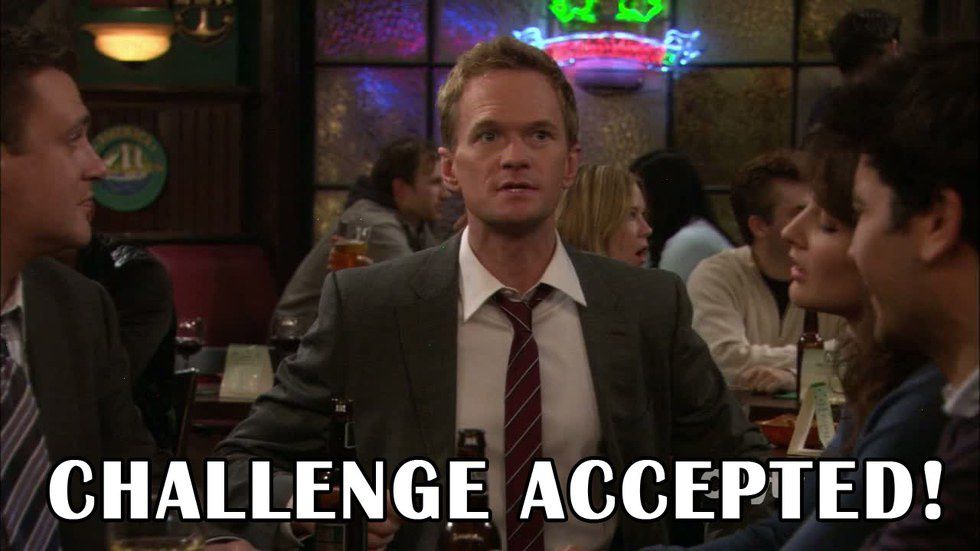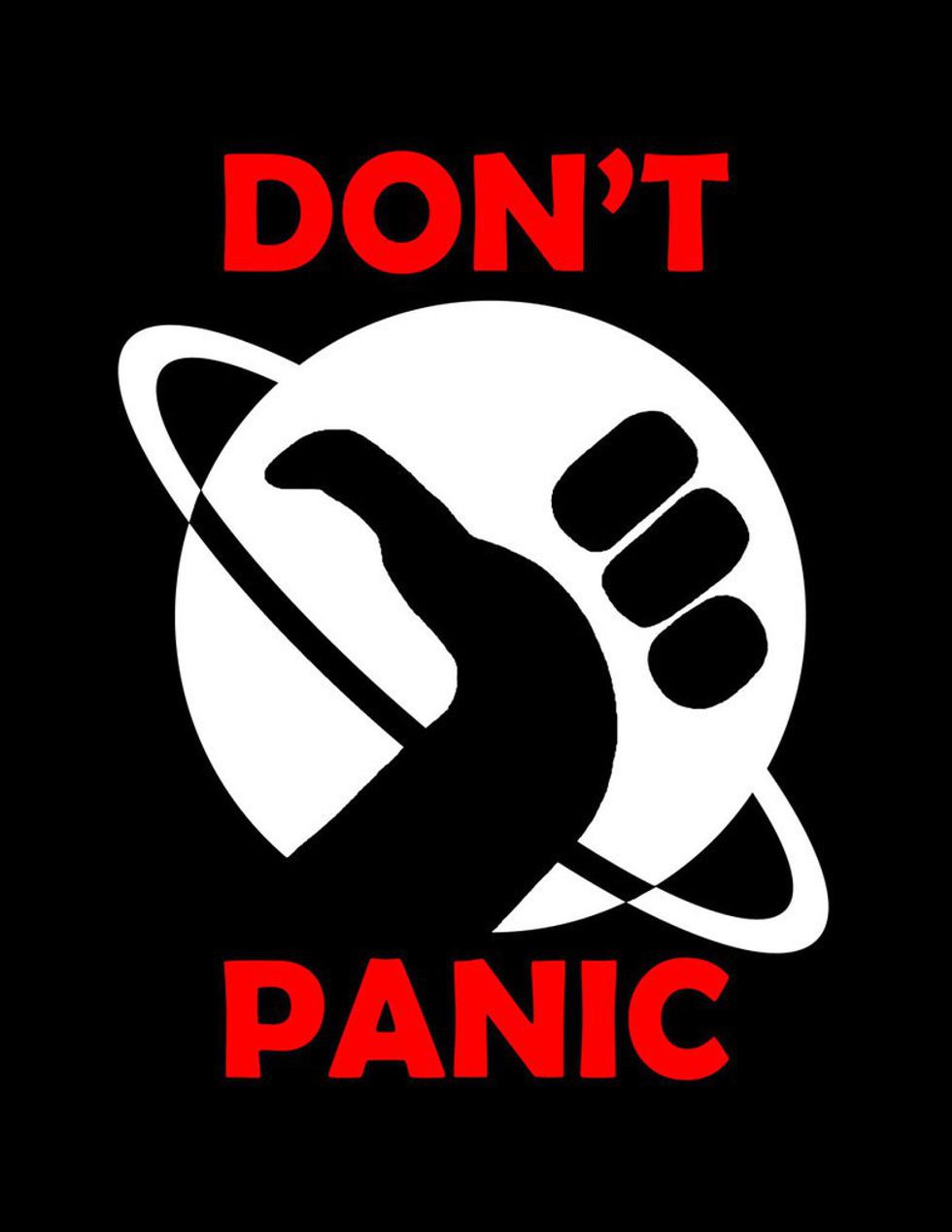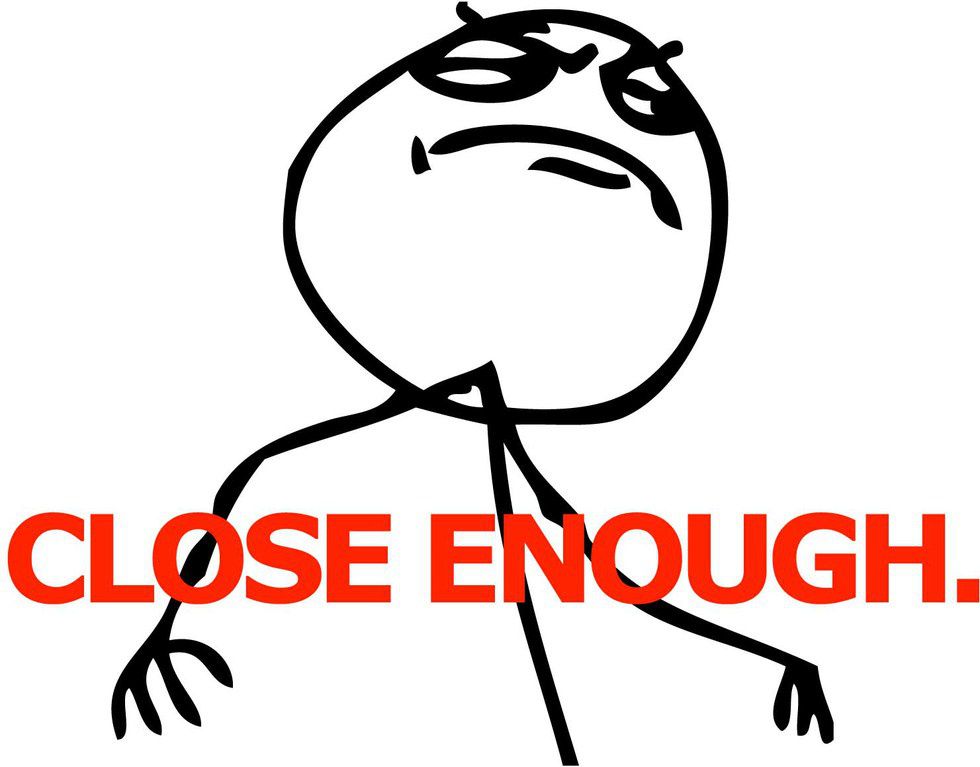June 14 marked the release of poet/rapper George Watsky's first book "How to Ruin Everything." The collection of essays gives readers a look into the Bay Area native's life through the unique lens of his wit and verbal prowess. Numerous personalities have voiced their praise for the book, from "Hamilton" composer Lin-Manuel Miranda to hip-hop mogul Russell Simmons. Outside of his loyal vocal YouTube following, though, Watsky's familiarity tends to be hit or miss. However, his music and spoken word poetry provide a wealth of opportunity to impress, inspire or evoke thought. What follows are essential listens in the Watsky library, whether you're a new listener or amateur Watskyphile. (Author's Note: This piece is not sponsored by or officially affiliated with George Watsky - I just really like this guy's work.)
1. "Pale Kid Raps Fast"
The viral video that started it all, this freestyle over Busta Rhyme's "Break Ya Neck" showcased not only his lightning-quick flow but also his lyrical prowess. The original video blew up on the Internet and put Watsky on the fast track to YouTube success.
2. "Whoa Whoa Whoa"
This track was the first release off his third studio album "All You Can Do." In it, he kicked everything he did in "Pale Kid" to 11 with rapid fire pop culture references and verbal flexing that showed just how much of a phenomenon he is.
3. "F*** an Emcee Name"
One of Watsky's best abilities, though, is his amalgamation of verbal flexing with statements about his craft. In this cut from his self-titled first album, he stated that his music isn't just entertainment: "It's rap to make you think and act."
4. "Tiny Glowing Screens, Pt. 2"
Watsky rarely misses out on a chance to make listeners think and act accordingly. This cut from his sophomore effort "Cardboard Castles" was a thought-provoking piece on the nature of technology in our lives.
5. "Kill a Hipster"
His social consciousness can take the form of the previous track or this tongue-in-cheek track about the concept of gentrification hidden beneath a catchy horn track and countless references to hipster culture.
6. "V is for Virgin"
Watsky's socially conscious brand of verbalism got its start in his early spoken word poetry. Used in Def Poetry Jam and Youth Speaks, this piece dedicated to the high school kids urges a sense of pride in a typically derisive moniker.
7. "S for Lisp"
Speaking of owning something typically looked down upon, Watsky owned his mild speech idiosyncrasy with this poem riddled with creative consonance. He used this piece as a statement similar to that seen in "V is for Virgin."
8. "Show Goes On Mini-Mix"
Watsky never let his lisp stop him, either, if this mix over the Lupe Fiasco track is any indication. In just under a minute of time, he rapped three verses of original (and partially autobiographical) material all about being true to his convictions.
9. "Strong As An Oak"
Many of the tracks in his repertoire talk about staying true to one's self. Channeling his experiences living out of a storage unit and struggling to make ends meet, Watsky used this song to put a personal twist to the concept of loving what you have to be happy.
10. "Cardboard Castles"
But there will always be moments where times will get tough, and the title track for Watsky's second album recognized this fact. The song served as a reminder of the tough times that will come just as often as the high points that will come after.
11. "Wounded Healer"
In one of his most introspective cuts, Watsky rapped about mortality and watching his father age. This track from his "Nothing Like the First Time" mix tape stood out as one of the best from his early productions.
12. "Cannonball"
The final piece on "All You Can Do" is one of the deepest cuts of Watsky's repertoire. It dug into his life and career, wrapping it up into a package of spoken word raw honesty.
13. An excerpt from "How to Ruin Everything"
Now that you have a good idea about Watsky and his material, listen to it all come together in this piece from his new book. This essay is just one of many that digs into his life, his craft and his journey to where he is now.
But there is a whole world of his music and poetry to discover outside of this baker's dozen of examples. Be sure to find Watsky on YouTube and check out "How To Ruin Everything," available online and in book stores now.
























